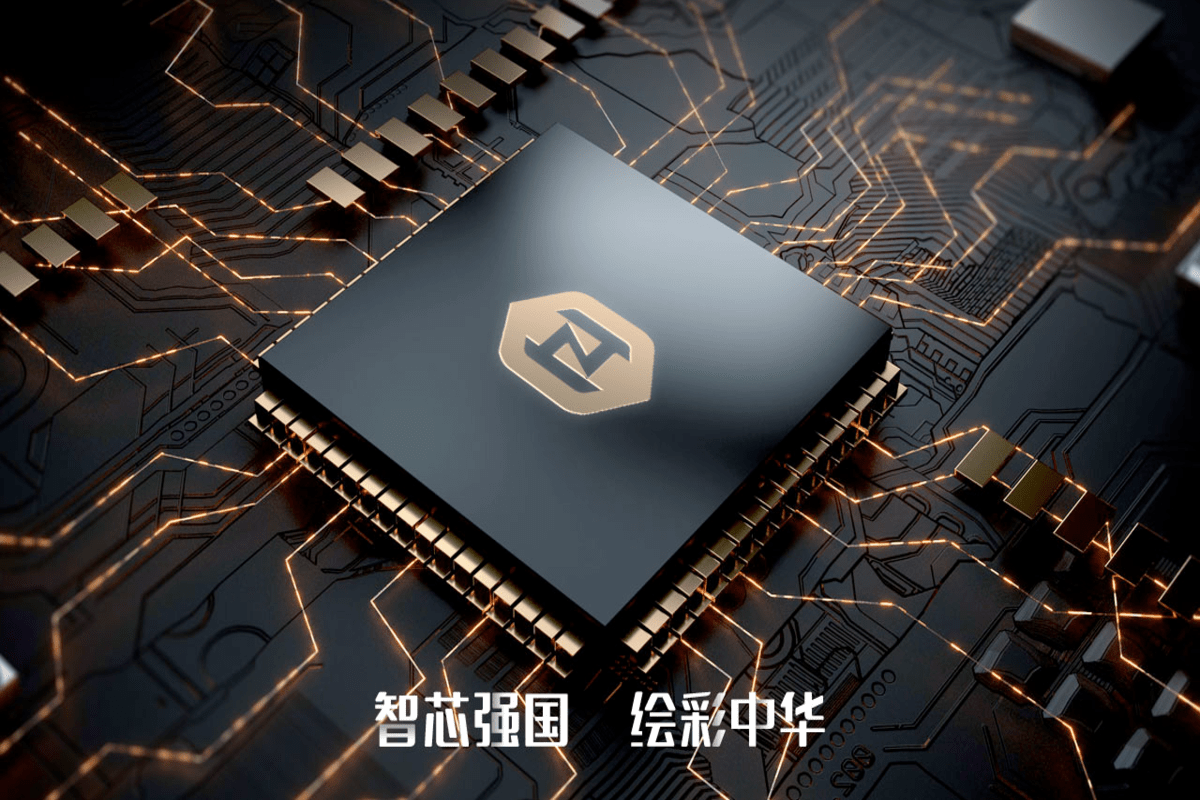Zhihui Microelectronics, a graphics processor developer from China, has unveiled its first GPU, which promises to offer improved energy efficiency compared to Nvidia’s GeForce GTX 1650 while providing similar performance levels.
Zhihui’s IDMV architecture powers the IDM929 graphics processor, although the details of its features remain undisclosed. However, it boasts a pixel fill rate of 19.2 GPixels/s, a texture fill rate of 76.8 GTexel/s, and compute performance of 2.5 TFLOPS, which is comparable to Nvidia’s GTX 1650.
It has the ability to decode video in several formats, such as H.264, MPEG2, MPEG4, VC-1, DivX, and VP6, and has four display engines that support DVI, HDMI, and D-Sub/VGA interfaces.
The newly launched GPU, called IDM 929 and manufactured using a 14nm-class process technology, could possibly be produced by Semiconductor Manufacturing International Corp. (SMIC) due to its lower frequency of up to 1.2 GHz. Despite being designed for basic home theater PCs and office use, the chip’s power consumption could be minimal.
Zhihui Microelectronics, a new player in the Chinese GPU market, is the manufacturer of IDM 929, which is not meant to compete with high-end graphics cards. Instead, the company may initially focus on embedded applications due to the involvement of its major investor, Hangzhou Guoxin Technology, in system-on-chips for embedded devices such as TVs. There are also plans to develop a CPU and GPU platform, but it is still unclear whether it will be targeted at PCs or embedded applications.
During November 2022, there was a slight rise of 0.66% in popularity for the GTX 1650 graphics card, while the GTX 1060 experienced a decline of 1.85%. The resolution of GPU shortages and the healing of the PC market from the cryptocurrency bubble prompted some users to upgrade from the older Pascal GTX 1060 series to a more modern GPU, even if it wasn’t significantly faster.
The GTX 1650 utilizes the slowest Turing GPU that lacks RTX support, meaning there is no hardware ray tracing acceleration or Tensor cores for DLSS. This GPU is even slower than the GTX 1060 6GB variant. The GTX 1650 and GTX 1060 were obtainable with different memory variants, such as 6GB/3GB or GDDR5/GDDR6, which may account for their ongoing popularity, as the listings for both models are combined.
Due to the ongoing GPU shortage that has made it difficult for PC users to acquire Nvidia’s top-performing graphics cards, many people have turned to alternative options, such as the GeForce GTX 1650 graphics card. Despite its slightly dated design, this GPU has become the best-selling option on both Amazon and Newegg.
The exact reasons for the GTX 1650’s unexpected success remain uncertain, but the current GPU shortage has likely played a role in driving up demand. It is still being determined whether the popularity of the GTX 1650 is due to its superior performance compared to other options or simply because it is one of the few high-quality graphics cards that are currently available to purchase.
In mid-January, Nvidia released the RTX 2060, four months behind their high-end graphics cards, meaning they could only partially capitalize on holiday sales. However, rumors immediately began circulating about non-RTX Turing cards, such as the upcoming GTX 1660 cards, expected to be slightly faster than their Pascal GTX 1060 predecessors. Nvidia may also be developing a successor to the GTX 1050.
Sources indicate that Nvidia is planning to release a new graphics card called the GTX 1650, which will not include RT and Tensor cores, but will have new Turing shaders, upgraded 12 nm technology, and GDDR6 memory, resulting in a substantial performance increase. The TU-117 version of the original TU-102 high-end GPU will be used, and the card will feature 4 GB of GDDR6 VRAM. According to Tum Apisak, the base GPU clocks will be set at 1,485 MHz, and the memory bus will be limited to 128 bits. However, details about the number of CUDA cores and the TDP are currently unknown.
Nvidia offers various GTX 1650 models with different memory types and uses three other dies to boost production and availability.
Despite not being Nvidia’s latest offering, the GTX 1650 is in demand due to the ongoing chip shortage and can handle modern games at 1080p, making it a suitable option for most gamers. However, the card’s price can be inflated due to scalping. Nevertheless, it remains a more affordable choice than the expensive Nvidia RTX 30-series cards, which are difficult to purchase.


